The 1990s were a time of vibrant cultural shifts, memorable tech innovations, and unique childhood experiences. Kids growing up in this era unknowingly developed a set of skills that, if honed today, could easily translate into remarkable talents or even career paths. From mastering the art of mix tapes to navigating early internet platforms, these skills defined a generation. Join us as we explore 11 random skills every kid had in the ’90s that would make them geniuses today.
1. Creating the Perfect Mix Tape
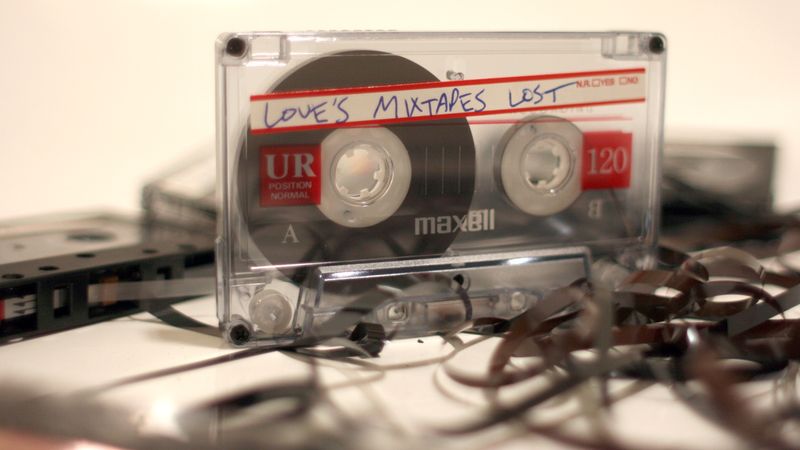
Back in the ’90s, curating the perfect mix tape was an art form. Kids would spend hours recording songs from the radio, honing their skills in timing and patience. These tapes were more than just music collections; they were personalized soundtracks filled with emotion and intent.
Creating a mix tape required creativity and a deep understanding of music trends. It was about expressing feelings and sharing them with friends, often as gifts. This skill taught many the art of storytelling through music, something today’s playlist creators would appreciate.
Did you know? The term “mix tape” originated from the practice of mixing tracks in real-time.
2. Navigating Early Internet Platforms
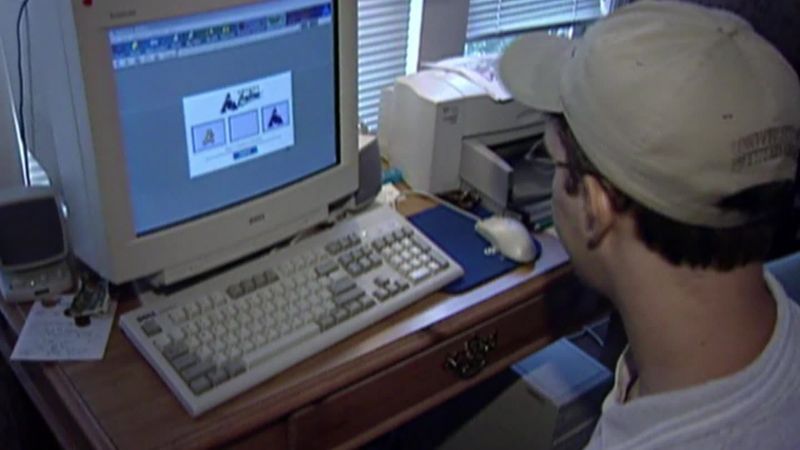
In the early days of the internet, kids who navigated platforms like AOL or CompuServe were true pioneers. The experience was like exploring uncharted territory, with its slow connections and simple text-based sites.
Understanding the basics of HTML and navigating forums taught them problem-solving skills. They became adept at researching and finding information, which laid the groundwork for digital literacy.
A fun fact: Did you know that the iconic AOL “You’ve Got Mail” greeting was recorded by Elwood Edwards in 1989? Such nostalgia for those first steps online!
3. Mastering Video Game Cheat Codes
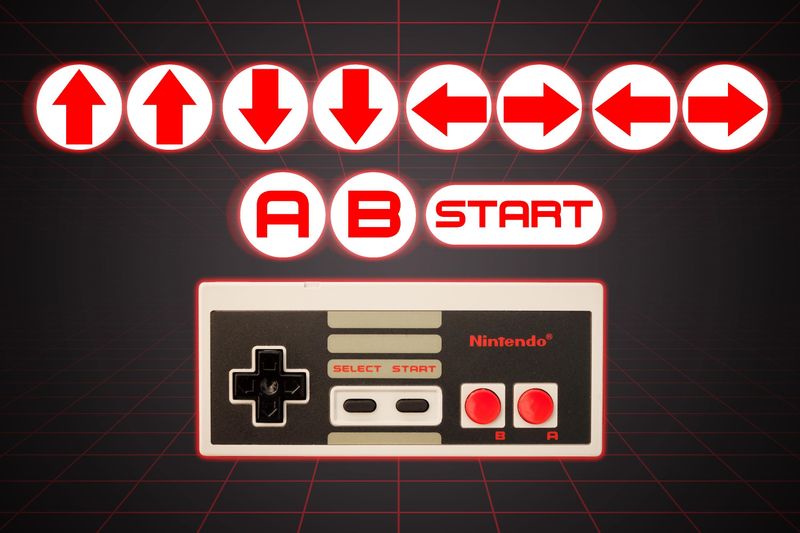
The thrill of unlocking a new level or character using cheat codes was unparalleled. For ’90s kids, memorizing sequences like the famous Konami Code was almost a rite of passage.
Video game cheat codes required keen memory and quick reflexes. These codes were gateways to hidden game features and shortcuts that made gaming more exciting.
A quirky tidbit: The Konami Code (↑↑↓↓←→←→BA) first appeared in the game “Gradius” and became a universal gaming trick. Who knew a simple sequence could hold such power?
4. Solving Rubik’s Cube
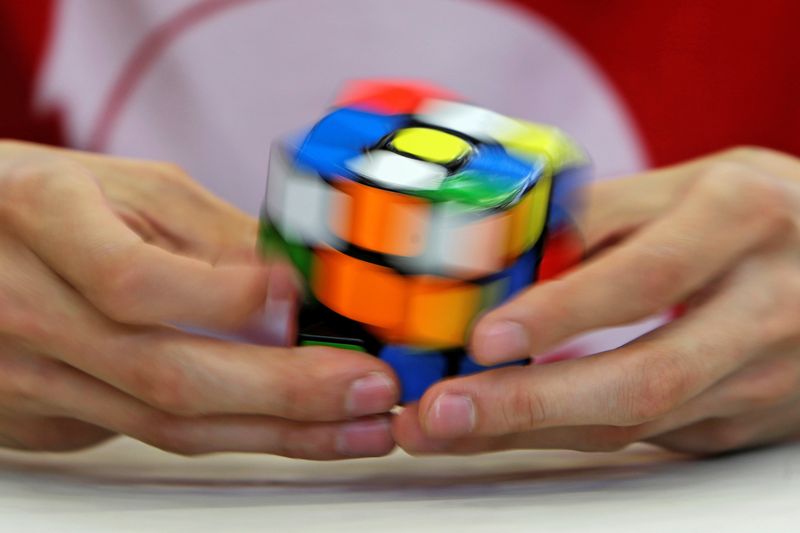
The Rubik’s Cube wasn’t just a toy; it was a mental workout. Kids who could solve it were seen as geniuses, impressing friends with their logical prowess.
Mastering the cube required patience, strategy, and an ability to visualize spatial relations. These skills are valuable in fields like mathematics and engineering.
Here’s something intriguing: The world record for the fastest Rubik’s Cube solution in the ’90s was 17.02 seconds, set by a kid using a cube with stickers peeling off. Impressive determination!
5. Building Treehouses
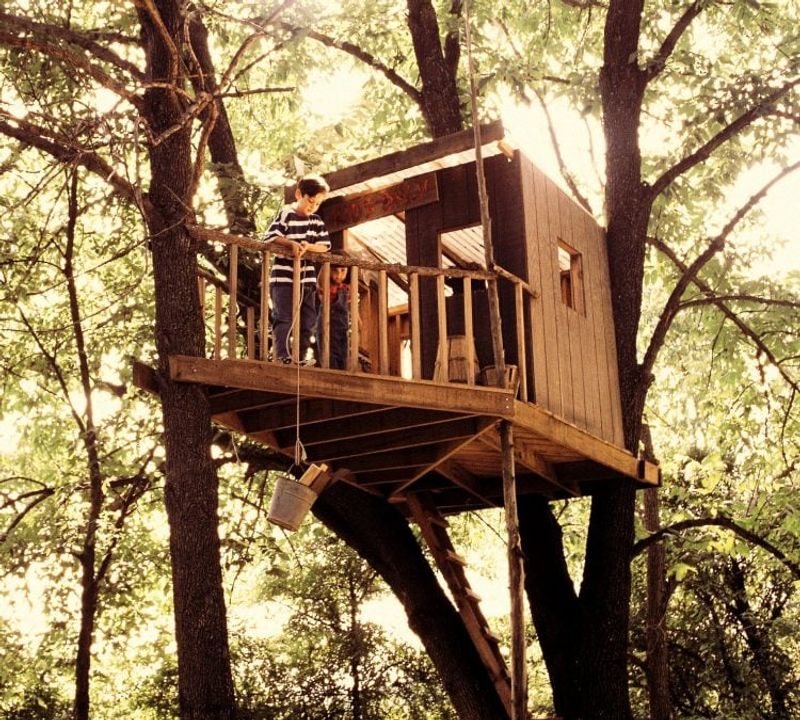
Treehouse building was the quintessential ’90s childhood experience. It was a blend of imagination, engineering, and teamwork.
Kids would gather materials, design blueprints, and construct their own hideaways. This hands-on activity taught them resourcefulness and basic carpentry skills. Such experiences fostered creativity and provided a sense of accomplishment.
Interesting fact: Treehouses have been around for centuries, but the 1990s saw a surge in DIY guides, enabling kids to create their own backyard escapes. An early lesson in self-sufficiency!
6. Rollerblading Mastery
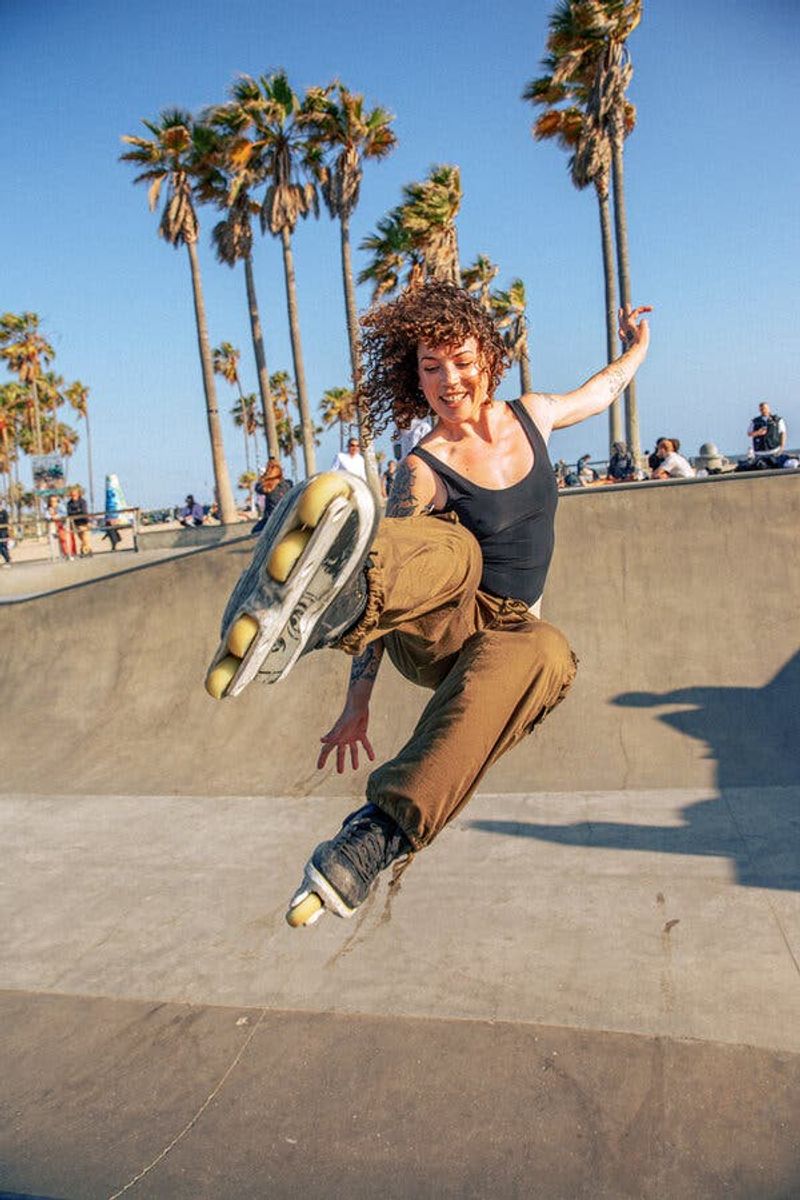
Rollerblading was more than a pastime; it was an adrenaline-fueled adventure. Mastering tricks, from skating backward to performing jumps, demanded agility and courage.
This skill improved balance and coordination, which are essential for various sports and activities today. Rollerblading also encouraged an active lifestyle and camaraderie among friends.
Did you know? Inline skates, or rollerblades, became a global craze in the ’90s, with kids forming skating crews in neighborhoods, fostering competitive spirit and friendship.
7. Collecting and Trading Cards
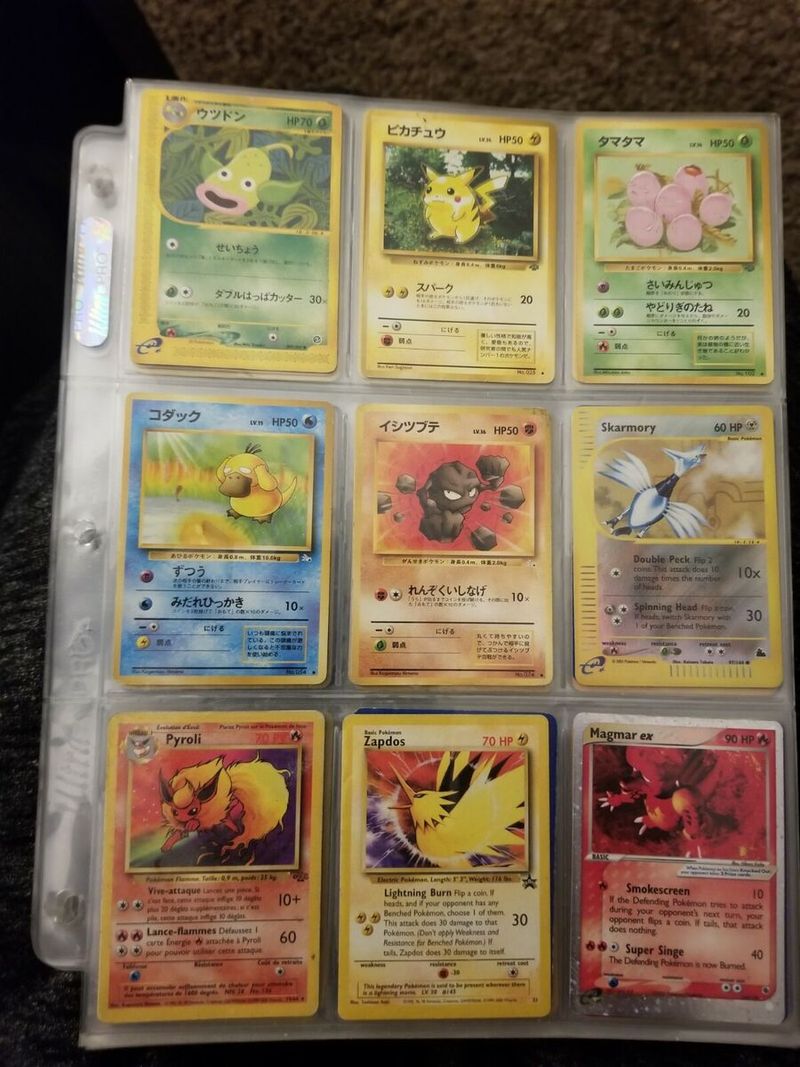
Card collecting wasn’t just a hobby; it was a strategic game of knowing when to trade and when to hold. Kids learned the market value of their cards and developed negotiation skills.
This activity refined their ability to assess value and make decisions under pressure. The thrill of finding a rare card or winning a trade was unmatched.
Fun fact: The Pokémon card boom in the late ’90s saw some cards become more valuable than gold by weight, teaching kids about economics in a playful way.
8. Creating Friendship Bracelets
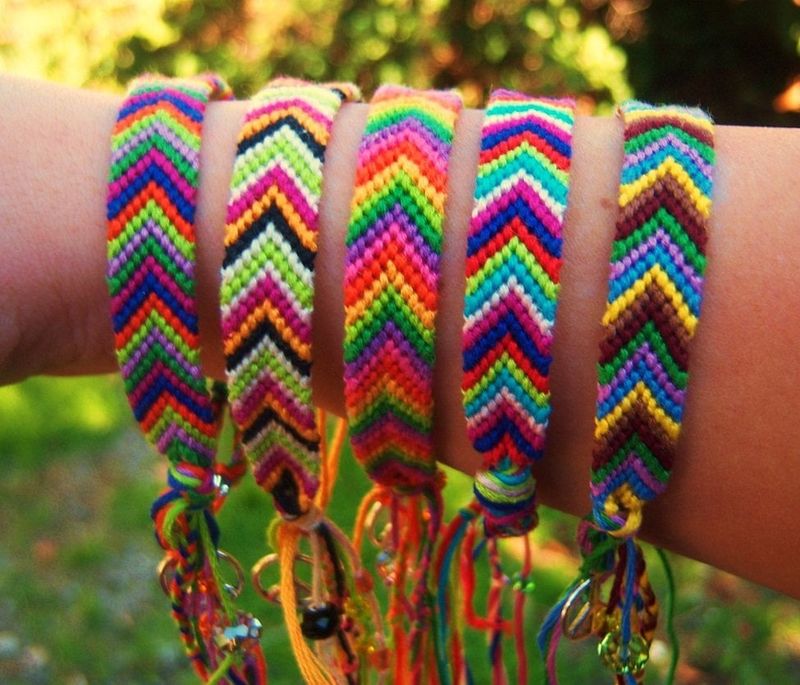
Friendship bracelets were a staple of 90s fashion, symbols of friendship and creativity. Kids would craft these intricate designs using knots and vibrant threads.
This craft taught patience and fine motor skills. It was about expressing individuality and forming bonds through shared creations.
Here’s a charming tidbit: The origin of friendship bracelets can be traced back to Central America, where they were symbols of lasting friendships. In the ’90s, they became a colorful expression of individuality and unity.
9. Writing Pen Pal Letters
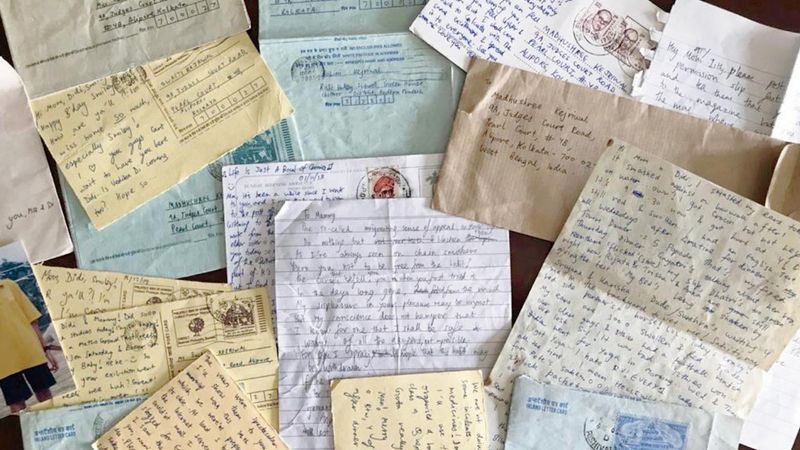
Before the digital age, pen pal letters were windows to the world. Kids eagerly awaited letters, exchanged stories, and learned about different cultures.
Writing letters honed their handwriting and communication skills. It was an exercise in patience and anticipation, as one eagerly awaited replies.
Fascinatingly, many lifelong friendships were forged in this way, with exchanges continuing into adulthood. A testament to the power of written word connections.
10. Playing Outdoors Until Dark
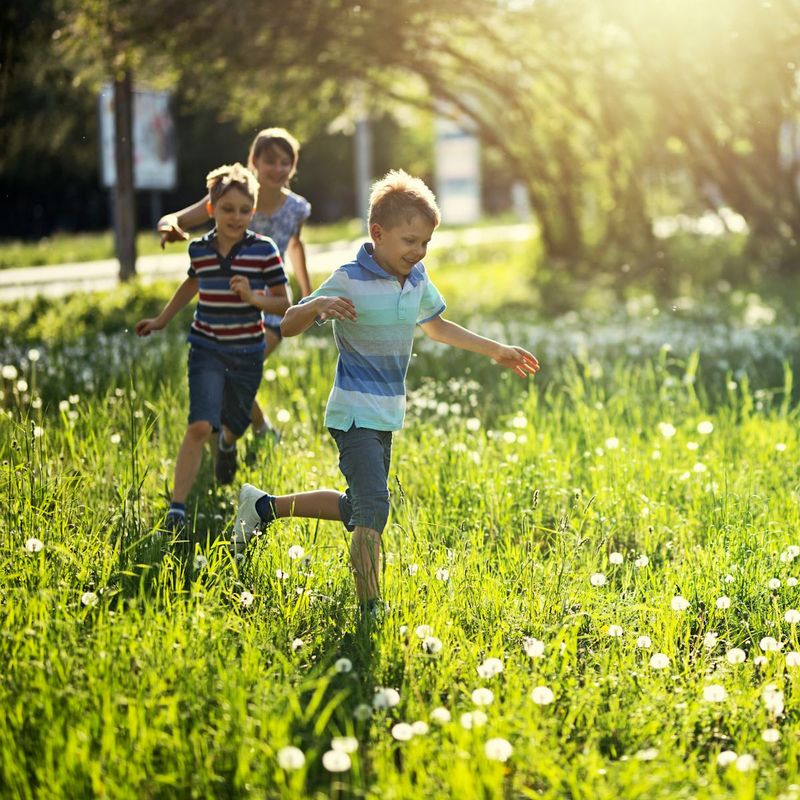
Outdoor play was integral to ’90s childhood, a time of exploration and social interaction. From tag to hide-and-seek, these games taught teamwork and physical fitness.
Playing outside developed problem-solving and social skills, as kids navigated group dynamics and set their own rules.
Interesting note: Studies show that children who engage in outdoor play are more likely to demonstrate leadership skills and creativity. The ’90s kids were ahead of the curve in developing these essential abilities.
11. Navigating with Paper Maps
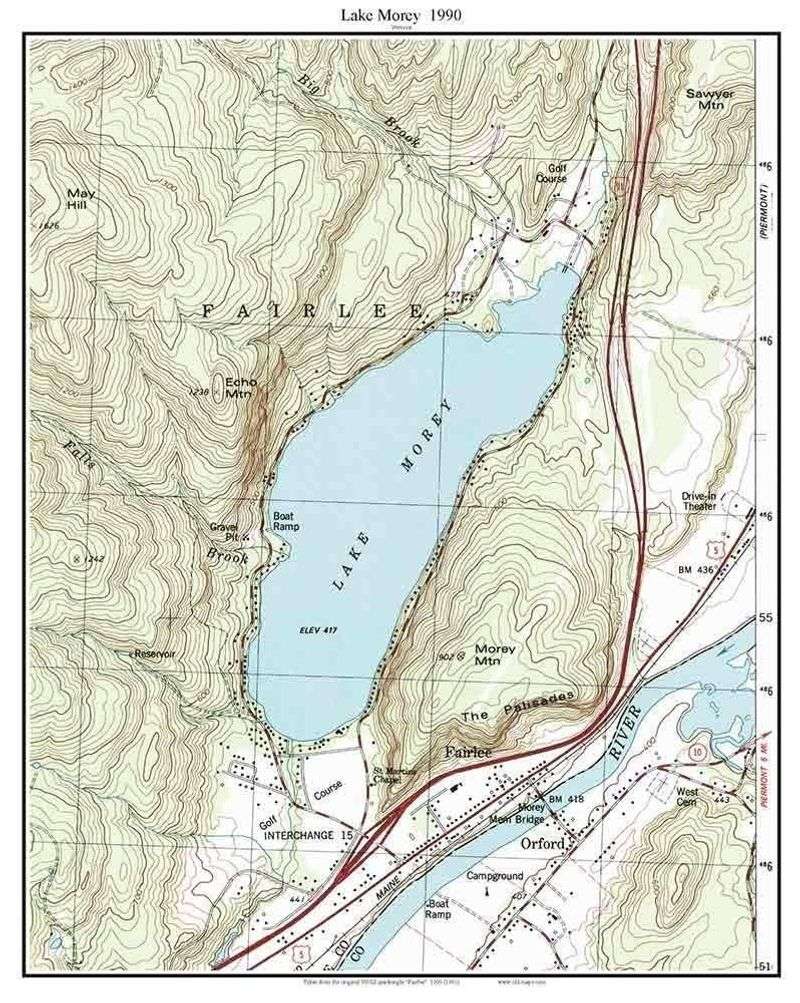
Before GPS, paper maps were the ultimate navigation tool. Kids learned to read maps, understanding grids and coordinates. It was part of every family road trip adventure.
This skill taught spatial awareness and critical thinking, as they deciphered routes and landmarks. Today, this foundational knowledge enhances digital map use.
Did you know? The art of cartography dates back centuries, but in the ’90s, kids became familiar with maps through atlases and travel. A skill blending history with geography.

